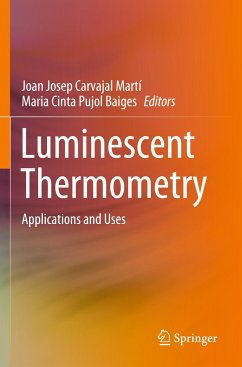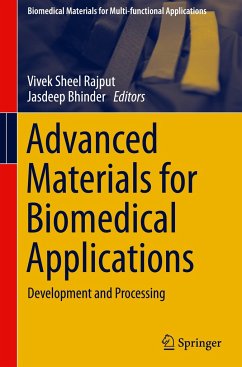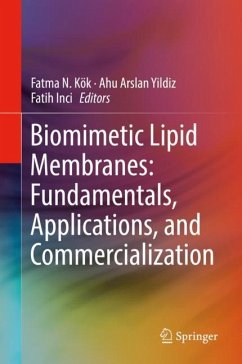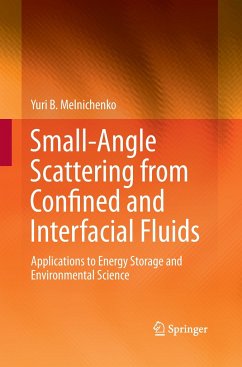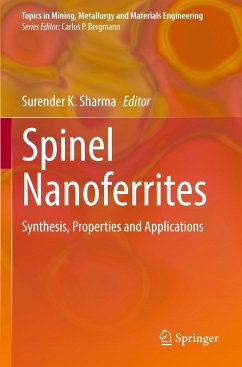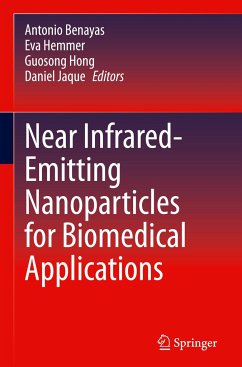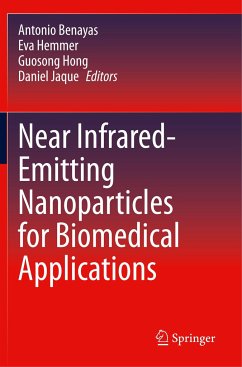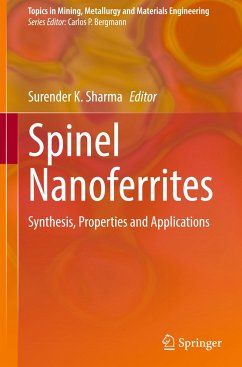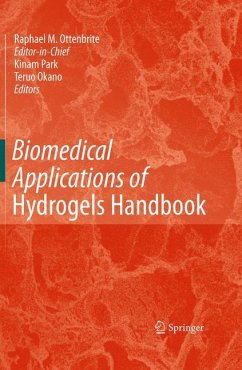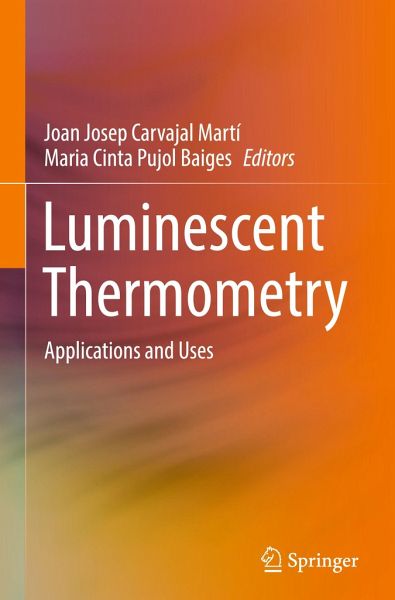
Luminescent Thermometry
Applications and Uses
Herausgegeben: Carvajal Martí, Joan Josep; Pujol Baiges, Maria Cinta

PAYBACK Punkte
65 °P sammeln!
This book is a detailed, state-of-the-art account of the applications and uses of luminescence thermometry. It covers a wide range of fields, including biomedicine, biology, and catalysis. The book also explains the luminescence thermometric parameters used to sense temperature via luminescence with different materials, analyzing the different strategies used to improve thermal sensitivity and temperature resolution.The readers of this book are any researcher interested in the field, because of its topical coverage, as well as bachelor and graduate students, as an introduction to this novel fi...
This book is a detailed, state-of-the-art account of the applications and uses of luminescence thermometry. It covers a wide range of fields, including biomedicine, biology, and catalysis. The book also explains the luminescence thermometric parameters used to sense temperature via luminescence with different materials, analyzing the different strategies used to improve thermal sensitivity and temperature resolution.
The readers of this book are any researcher interested in the field, because of its topical coverage, as well as bachelor and graduate students, as an introduction to this novel field. The book ends with a general critical analysis of the results presented, where the editors discuss about the challenges and opportunities in the development of these highly sensitive new class of thermometers.
The readers of this book are any researcher interested in the field, because of its topical coverage, as well as bachelor and graduate students, as an introduction to this novel field. The book ends with a general critical analysis of the results presented, where the editors discuss about the challenges and opportunities in the development of these highly sensitive new class of thermometers.



